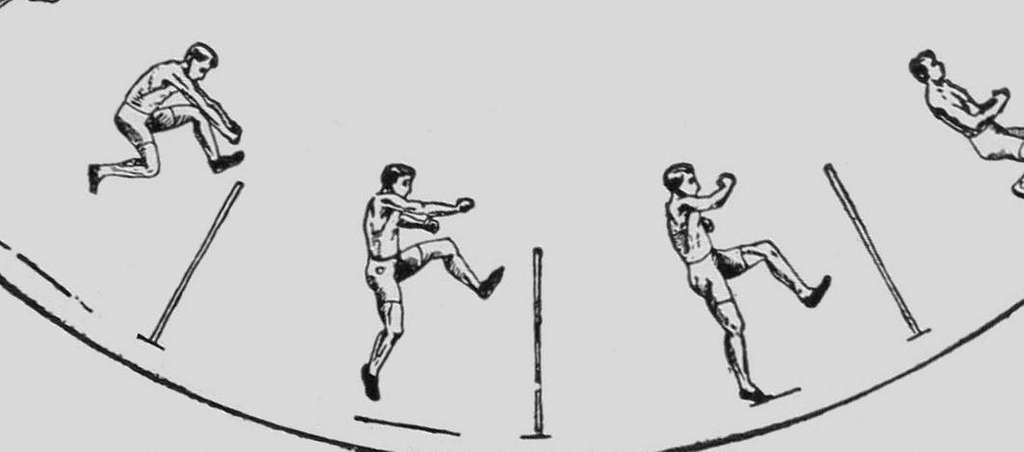In April of 2025, the biggest headline was that scientists managed to resurrect an extinct animal, the dire wolf. These scientists use preserved DNA as well as genetic engineering to bring back the de-extinct animals. But this raises the questions, what other animals can we bring back? How can we bring already extinct animals back?
Scientists are able to do this through genetic engineering. It starts with DNA samples from the extinct species, which can be a complete genome or multiple slices of genes from the extinct species. Then, using a scientific process called nuclear transfer which involves removing DNA then injecting it into a nucleus to be cloned, an animal genetically similar to the extinct species can be created.
While dire wolves are the de-extinct animal that currently has the headlines, scientists have already brought back three different de-extinct species. According to Live Science, “In 2003, researchers in Spain performed nuclear transfer for a subspecies of Pyrenean ibex called the bucardo (Capra pyrenaica pyrenaica), which went extinct in 2000. A baby bucardo was born, but it died just a few minutes later due to a lung defect.” Also according to Live Science, another team of scientists created a southern gastric-brooding frog, showing that the dire wolf being de-extinct is not just a one time thing for these scientists. While these are smaller, harmless animals that are becoming de-extinct, according to Live Science, “…some scientists claim that iconic species like woolly mammoths could be brought back to life within a decade,” the same article from Live Science suggests that scientists are looking into bringing back Dodo birds, Quagas, which is a mix between a zebra and a horse, Thylacines, and more.
While the process of de-extinction for certain species is raising questions, it also raises concerns about ethics, where the animals will live, and more. The Hasting Center of Bioethics, an independent, nonpartisan, and nonprofit bioethics research institute, talks about these concern stating, “… the ecological niches of most extinct creatures, like the mammoth, have vanished, raising concerns about what areas these animals would inhabit, and whether they will suffer or flourish, and/or harm other, existing species,” and giving the example, “the woolly mammoth, for instance, evolved to endure the cold, roaming the icy tundra of what is now the American Midwest and other frigid regions. But around 10,000 years ago, at the end of the last Ice Age, almost all these animals perished as the earth warmed and human hunters appeared and spread. Today, vast farms growing corn, soybeans, and wheat occupy the mammoth’s former lands.”
The Hasting Center also raises concerns about what the impact of these de-extinct species will be on other species in an ecosystem, stating, “Various human efforts to introduce species into existing ecosystems have caused disaster. In 1935, Australians introduced cane toads to eat beetles that infested sugar cane crops. But these reptiles emitted poison that soon exterminated other species. Likewise, enormous Burmese pythons have taken over the Florida Everglades, where they were inadvertently introduced, decimating rabbits and other animals.” Another concern that the Hasting Center presents is the harm of the actual process of de-extinction, they state, “These processes entail injecting a genetically engineered cell nucleus into another cell to create an embryo, but they may pose risks of cancers or other serious medical problems in the resulting organism.” The final concern that the Hasting Center raises a flag about is the actual cost of the process. According to the Hasting Center “...the company [performing the de-extinction process], valued at $10 billion, is presumably spending tens of millions of dollars on de-extinction…,” which they want to be used to help animals that may be on the brink of extinction.
Though there are lots of negatives to bringing back extinct animals, there are some benefits as well. According to The Magazine, “De-extinction could offer insights into evolution and natural resources that are currently unavailable to us… Threatened or damaged ecosystems could be restored with the help of certain now-extinct species,” showing that de-extinction isn’t all bad.
Whether you agree with de-extinction or not, we all have to recognize that de-extinction is a huge step for technological advancement, and that will always be a benefit. Now whether there will be an actual dinosaur roaming the Earth in a few decades is still up in the air, but for now we can celebrate all the animals we have already brought back from extinction.




















